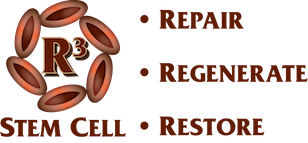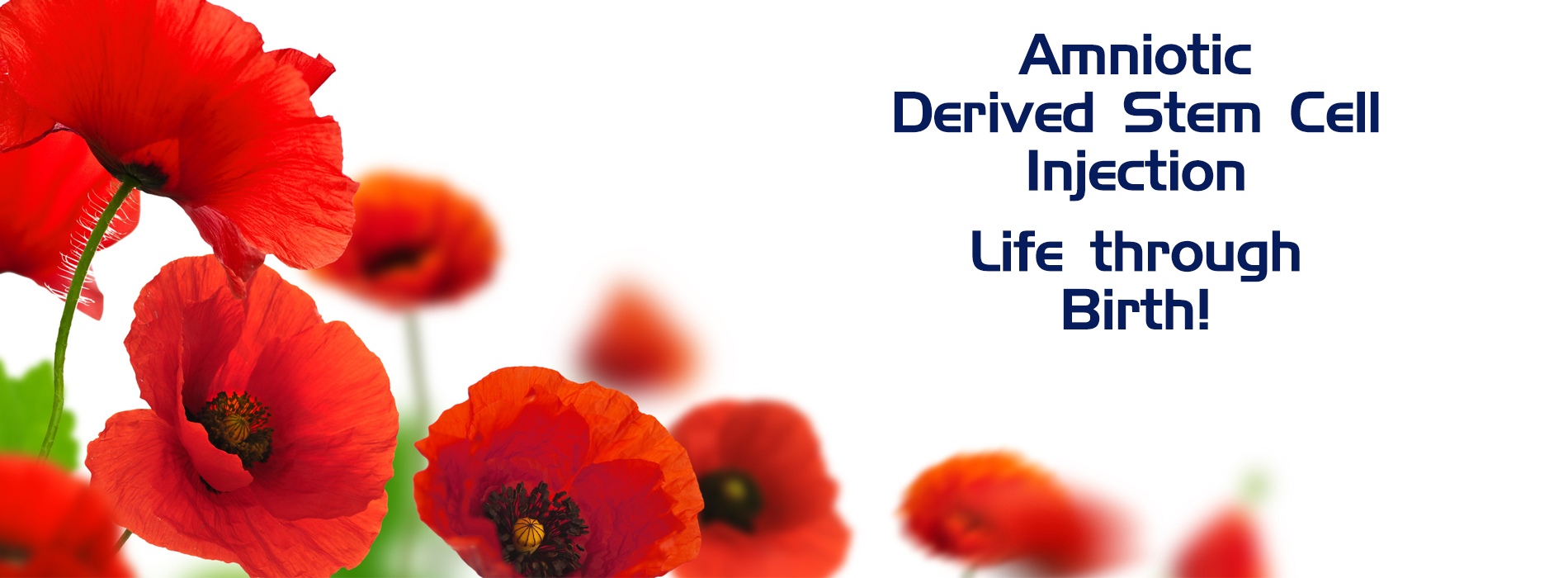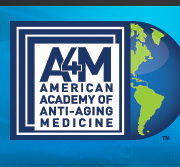Amniotic Derived Stem Cell Procedures – From Birth Comes Life
Avoiding Surgery
For decades the solution to joint pain has been a two pronged approach: first, mask the pain, and when that is no longer possible, joint replacement. Anti-inflammatory drugs, cortisone injections offer temporary relief until the condition exacerbates. Joint replacement, a temporary solution itself, is invasive and requires a long, uncertain recovery, 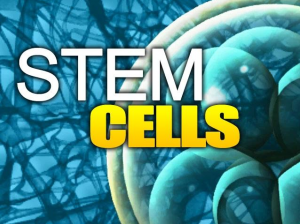 including physical therapy.
including physical therapy.
According to the American Academy of Orthopedic Surgeons, over 900,000 people in the United States underwent knee and hip replacement in 2011, and that number continues to increase steadily each year. Whether due to injury or arthritis, American joints are in sore need of a remedy more reliable and more sustainable.
The answer just might be found with regenerative medicine, procedures that repair tissue damage as opposed to ignoring or masking it. Stem cells are at the heart of regenerative medicine, for decades now being used in wound care. Research has proven that stem cells regenerate into skin, muscle, bone, and even cartilage. Now, using amniotic stem cells, their application is providing new life for suffers of joint pain, especially due to arthritis.
Amniotic stem cells have proven particularly effective as an alternative to surgical joint replacement for knees and hips, the most common areas affected by arthritis. Certain properties of the amniotic cells lend themselves perfectly to pain reduction without the need for joint replacement. By the very nature of the cells’ nurturing “home” environment, the amniotic sac, cells contains high concentrations of anti-inflammatory properties as well as growth factors, both of which, painlessly target and remedy joint pain. In addition, hyaluronic acid, naturally found in joint fluid, and also a property of amniotic stem cells, works to regenerate and repair naturally.
Amniotic stem cell procedures are administered by certified physicians, right in the office. Research indicates no recipient rejection of the amniotic stem cells, as the body naturally assimilates its presence in the regenerative process. Thousands of procedure have been performed at R3 Stem Cell Centers of Excellence, with no rejection or even infection seen to date.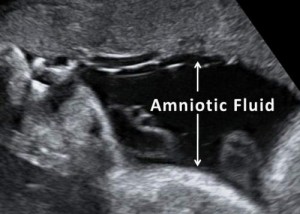
Ethical concerns are assuaged in knowing amniotic stem cells that are extracted from amniotic membrane from scheduled cesarean births with full consent of the donors. Rich in life sustaining properties, the amniotic sac feeds and nurtures a baby from conception to birth, and is traditionally discarded after birth.
With full consent of and disclosure to all parties, now the life giving properties of amniotic cells will be enriching lives in perpetuity. Eliminating the controversy raised in embryonic stem cell research, the restorative results realized in amniotic joint therapy makes it a viable alternative to joint replacement surgery.
Amniotic fluid contains the following beneficial qualities:
- Hyaluronic Acid – present naturally in human joints, it can help relieve pain and improve function
- Stem Cells – amniotic fluid contains exponentially more stem cells than adult bone marrow or fat.
- Growth Factors – amniotic fluid contains a full range of growth factors. It supplied them to the growing baby and they can work wonders for joint, cartilage and soft tissue repair.
- Anti-Inflammatory Properties – amniotic fluid maintains non-inflammatory properties, while at the same time being non-steroidal.
- Scaffold – Amniotic fluid provides a micro-scaffold for tissue repair and remodeling.
Amniotic Fluid Stem Cell Treatment for Tendonitis and Tendon/Ligament Tears
What is tendonitis?
Tendons are the tough connective tissues that attach muscle to the bone; they are important in the transmission of tensile load from muscle contraction. Around one-fifth of the tendon is made up of fibroblasts (collagen-secreting cells), while the rest is made up of an extracellular matrix composed of mainly water, collagen, and ground substance.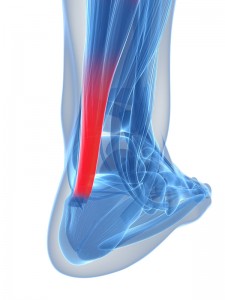 The structure of the tendon changes as it approaches the bone, becoming stiffer and receiving decreased stress concentration at the enthesis (zone of insertion). This zone is most prone to injury.
The structure of the tendon changes as it approaches the bone, becoming stiffer and receiving decreased stress concentration at the enthesis (zone of insertion). This zone is most prone to injury.
What is tendonitis?
Over time, wear and tear builds up, causing damage to the tendons. This can lead to irritation and eventual inflammation of the tendon. The tendon can also receive great stress from an acute injury, causing strain. Certain pharmacologic agents can also cause tendon rupture. Tendonitis is the term that refers to the inflammation of the tendon.
What is the standard treatment of tendonitis?
Compared to other connective tissues, tendons do not enjoy the same amount of blood supply. Thus, healing in this area is not as effective as in the more richly vascular parts of the body. Remodeling of the damaged tissue is done through fibroblast production of collagen fibers. Despite this, the intrinsic ability of the tendon to heal itself can be insufficient, and often, surgical intervention to directly repair the damaged tendon becomes necessary.
However, even after a procedure of surgical repair, the tendon remains at risk for re-injury. Up to 40 percent of surgical repairs fail, and these cause dysfunction in the biomechanics of the shoulder or even degenerative osteoarthritic changes.
How are stem cells used in the treatment of tendonitis and ligament injury?
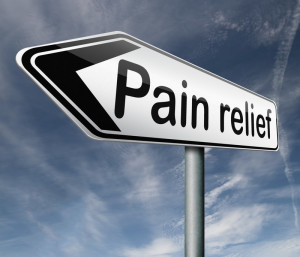 Stem cells are of great potential in the treatment of tendonitis because of their qualities. There are many kinds of stem cells, and they can be sourced from the amniotic membrane, bone marrow, adipose tissue, and other sources. Stem cells have the advantage of being able to differentiate and grow into various kinds of tissues. It is theorized that treatment with stem cells can promote growth and healing of tissues in the damaged area.
Stem cells are of great potential in the treatment of tendonitis because of their qualities. There are many kinds of stem cells, and they can be sourced from the amniotic membrane, bone marrow, adipose tissue, and other sources. Stem cells have the advantage of being able to differentiate and grow into various kinds of tissues. It is theorized that treatment with stem cells can promote growth and healing of tissues in the damaged area.
Studies have shown that utilizing amniotic fluid for tendonitis and ligament injuries works exceptionally well and helps individuals get back to activities faster and often without surgery. This includes both amateur and elite athletics!
References
Hoffmann A, Gross G. Tendon and ligament engineering in the adult organism:
mesenchymal stem cells and gene-therapeutic approaches. Int Orthop. 2007
Dec;31(6):791-7.
Lacitignola L, Crovace A, Rossi G, Francioso E. Cell therapy for tendinitis, experimental and clinical report. Vet Res Commun. 2008 Sep;32 Suppl 1:S33-8. doi: 10.1007/s11259-008-9085-3.
Turner CG, Klein JD, Steigman SA, Armant M, Nicksa GA, Zurakowski D, Ritz J, Fauza DO. Preclinical regulatory validation of an engineered diaphragmatic tendon made with amniotic mesenchymal stem cells. J Pediatr Surg. 2011 Jan;46(1):57-61. doi: 10.1016/j.jpedsurg.2010.09.063.
